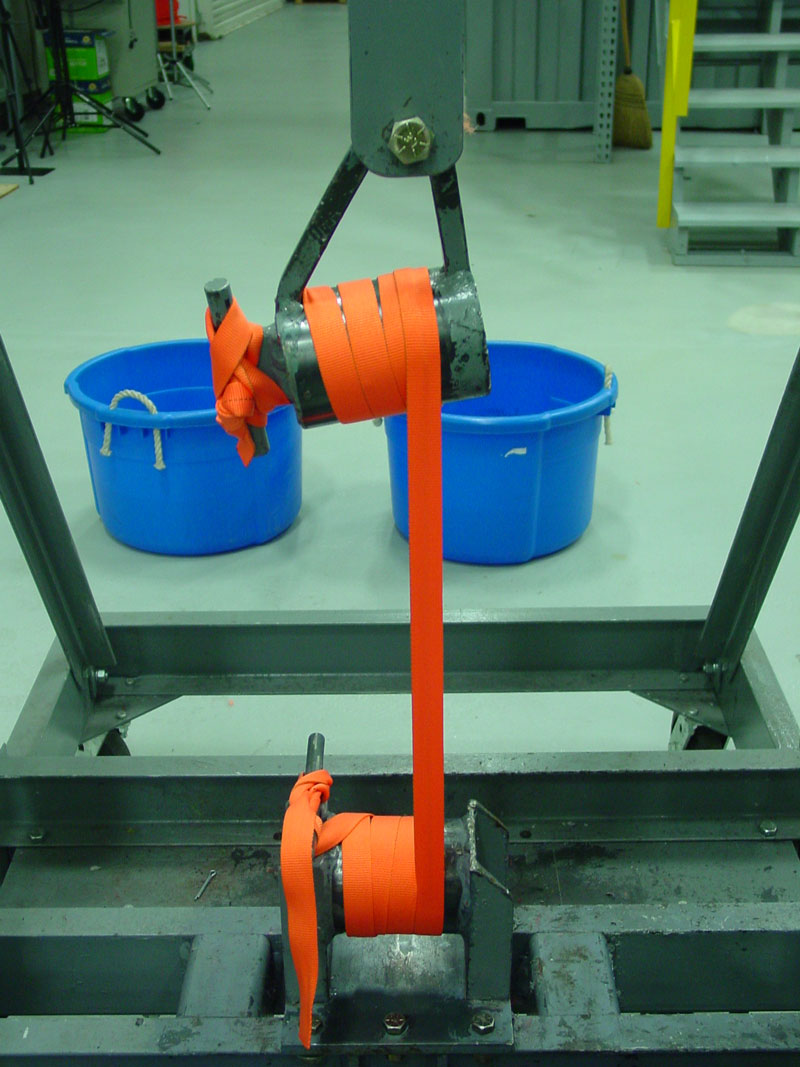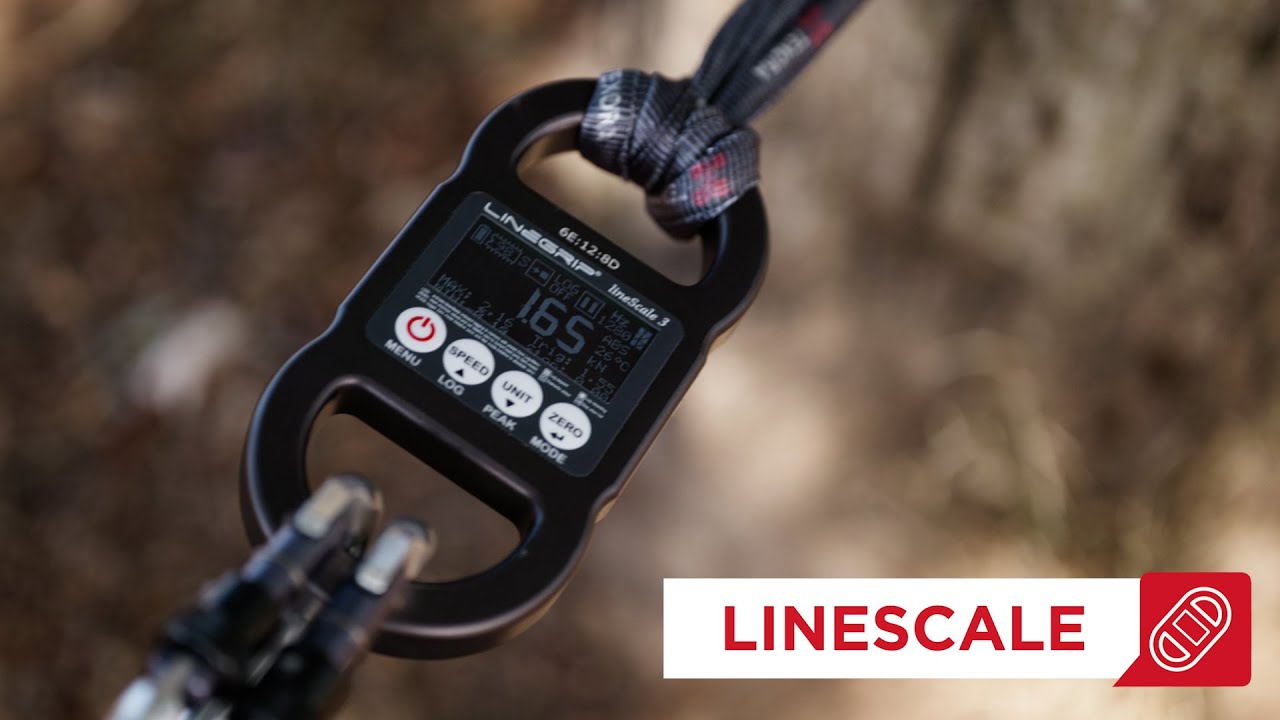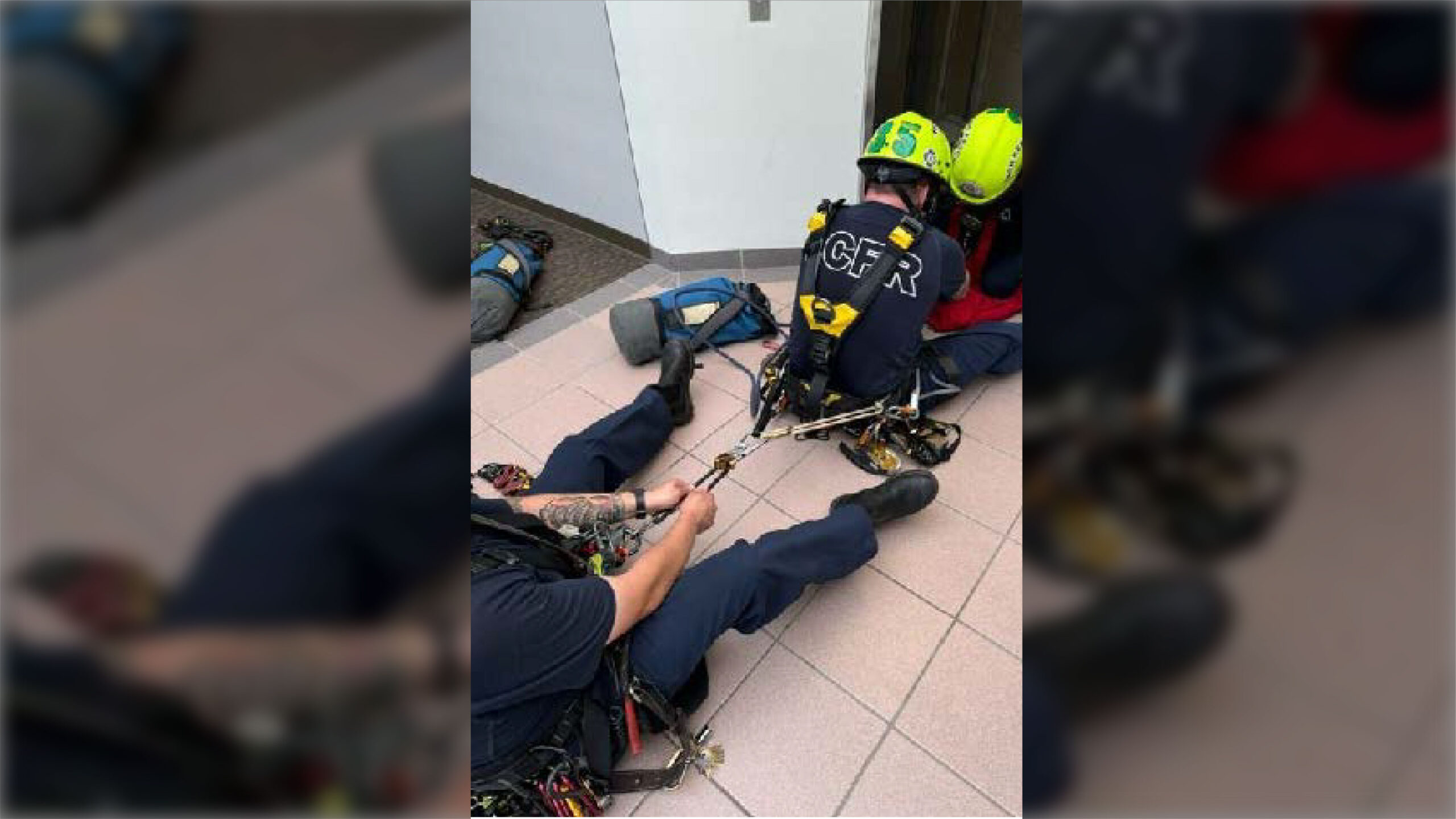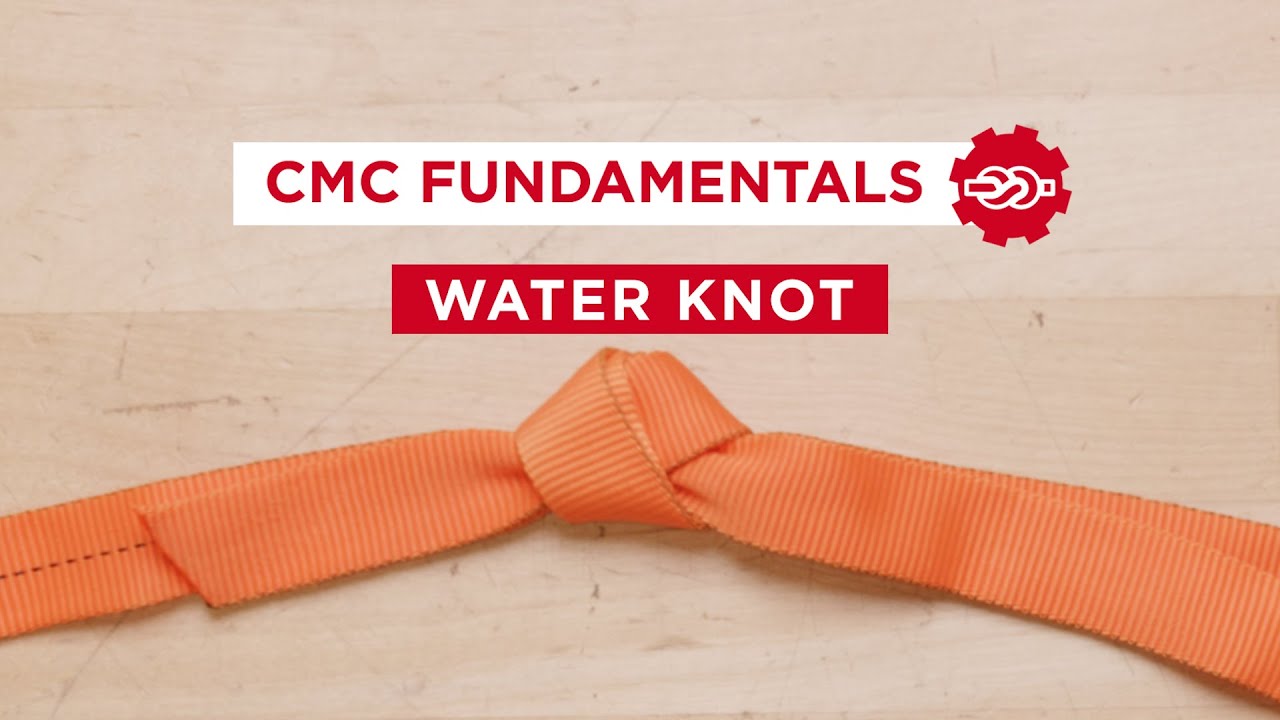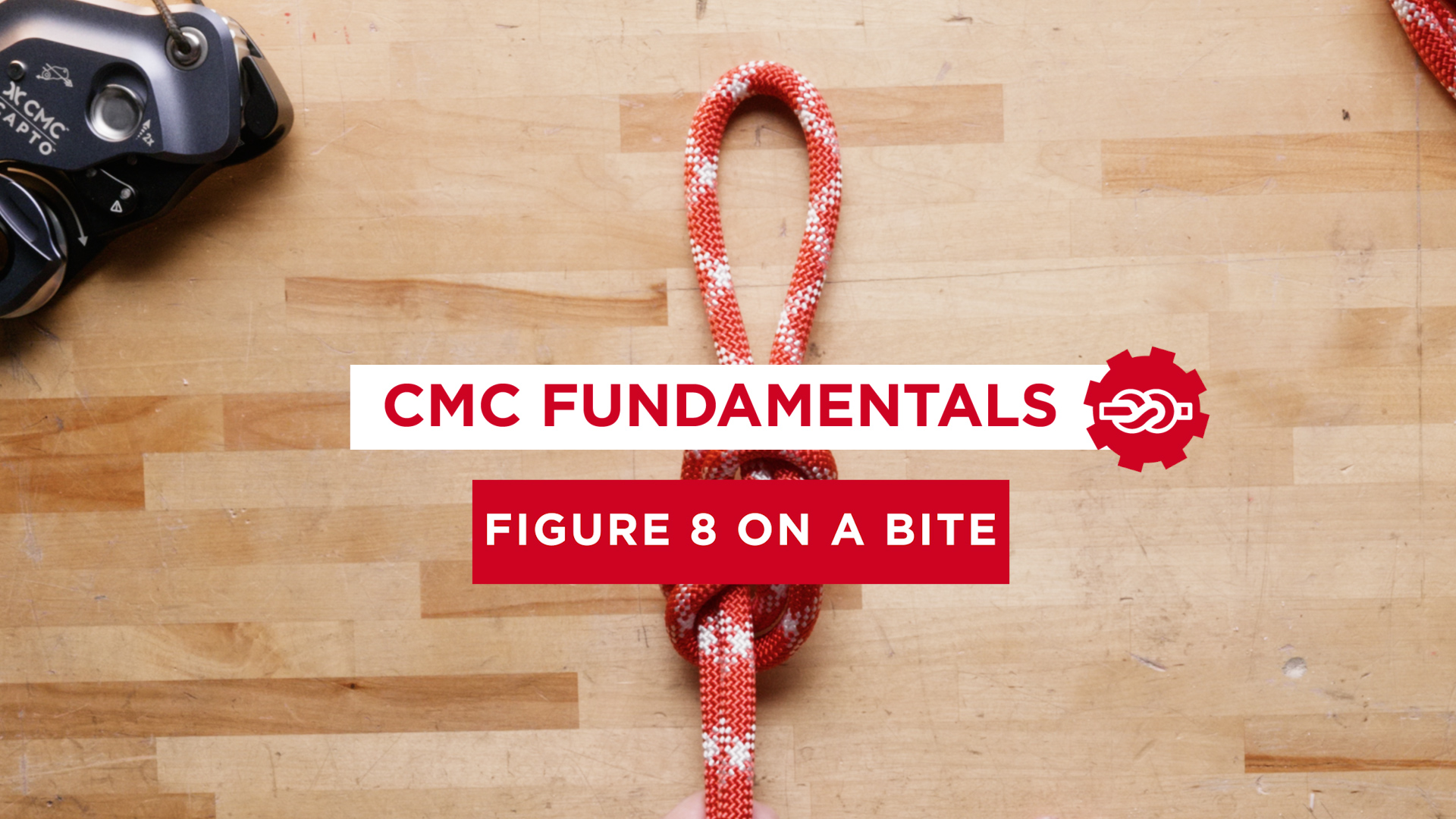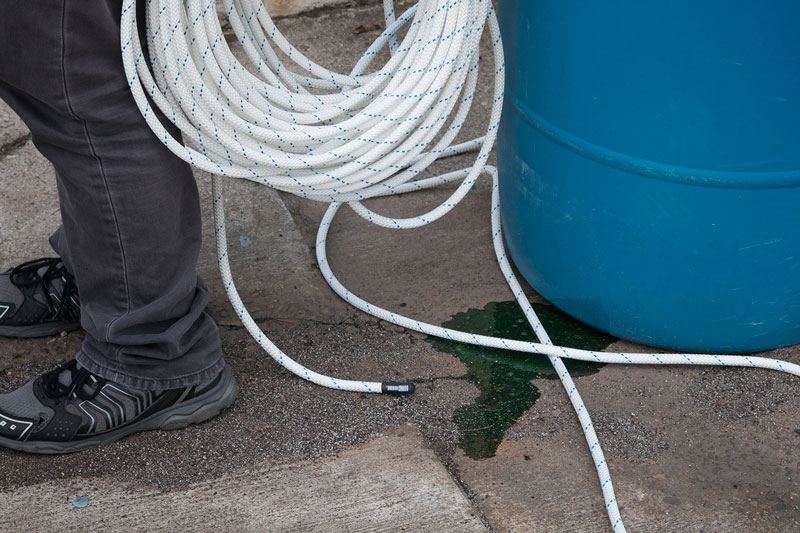
What Happens If I Get Contaminants On My Rope?
Throughout the years, the technical staff at CMC Rescue has fielded many questions with regards to “What happens if I get XXX on my rope?” As a result, we’ve been quite busy in our lab testing both nylon and polyester fiber ropes that have been exposed to everything from gasoline, hydraulic oil, and battery acid to chewing tobacco and bleach.
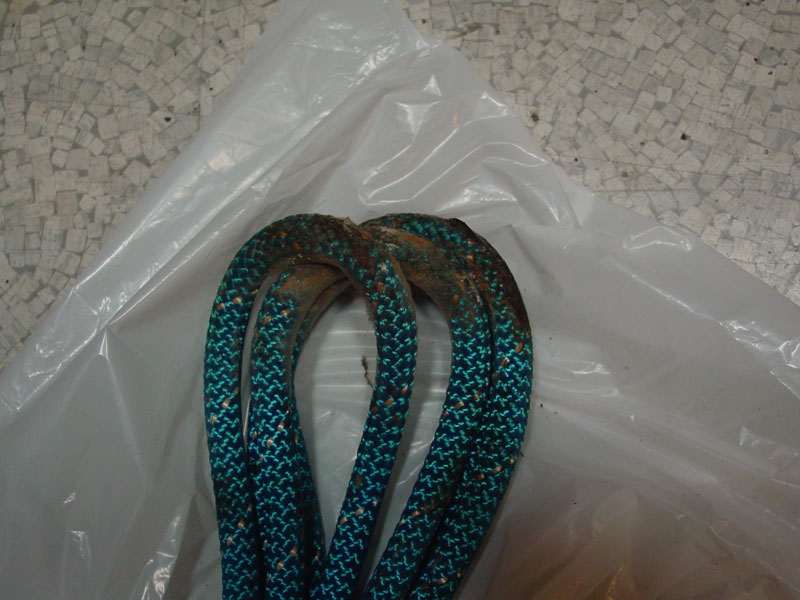
Tobacco juice left exposed on a 100% polyester rope yielded interesting results.
One inquiry that still stands out in my mind is a phone call from a nervous window washer requesting immediate guidance with regard to the potential negative effects that ammonia could have on nylon rope. I had difficulties understanding this poor individual whose shaky voice was being drowned out by background wind noise, but a quick check of the CMC test library indicated that per our testing, ammonia had no severe adverse effect on nylon. I could hear the gentleman breathe a sigh of relief. He was very thankful for the quick answer to his question and he lived to wash windows another day.
It was during our adventures in the laboratory that we observed bleach exhibiting a detrimental trend to both nylon and polyester fiber ropes and web. Keep in mind, this was during our substance exposure testing wherein the rope samples were exposed to different substances and left untouched for about a month. The substances were not rinsed off the rope before conducting a tensile test of the samples to measure residual breaking strength.
A question that came up during the 2013 International Technical Rescue Symposium (ITRS) was “What happens if I use a diluted bleach solution, followed by a fresh water rinse, to decontaminate equipment?” This was a fair question since cave teams in certain geographical regions must abide by the National White Nose Syndrome Decontamination Protocol (NWNDP). It is also applicable to rescue teams who have to decontaminate equipment which has been exposed to blood borne pathogens.
For this project, we decided to investigate various substances currently used in the decontamination of rope and webbing:
- 10% and 100% Clorox bleach solutions
- Cavicide
- Quaternary Disinfectant (Lysol IC)
- Formula 409
We utilized 1-inch nylon tube webbing for our exposure samples. Each group consisted of 5 cuts of web for exposure sampling. Samples were exposed to a particular solution for 10 minutes followed by 2 consecutive hand rinses in fresh water baths. Samples were then allowed to dry for a minimum of 3 days. This test was repeated 5 times followed by a tensile test to determine the residual breaking strength compared to a control sample.
The end results were not ground breaking, but interesting nonetheless. None of the substances showed any definitive negative effects except for each of the bleach and hot water treatments.
As one might suspect from the drastic fade in color (from orange to yellow), the Clorox bleach did indeed have a negative effect on the web’s residual breaking strength. Results showed as much as a 56% strength loss.
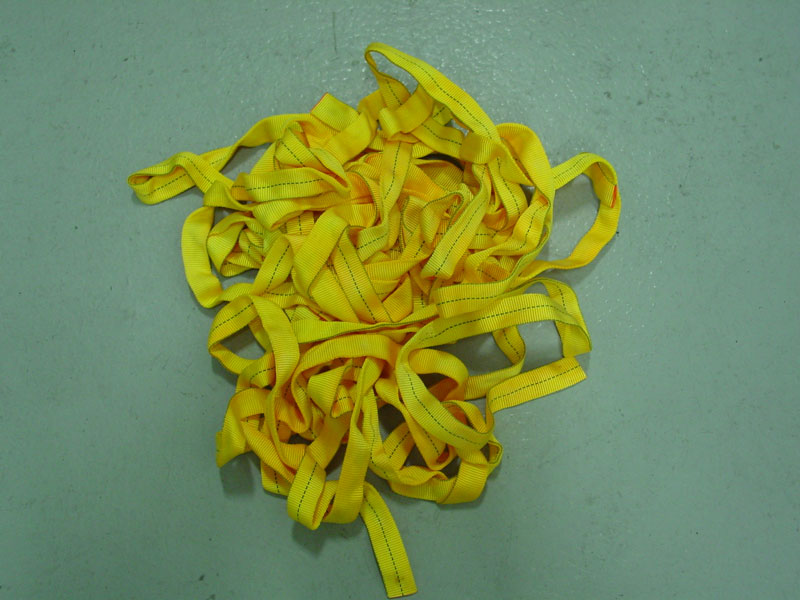
Clorox solution on web after 30 days. Note the color change.
Although not as drastic as the bleach experiment, the end result of the hot water immersion hinted at the potential for significant strength loss. This was mostly due to the variables in the decontamination process including the temperature of the water, immersion time and exposure frequency.
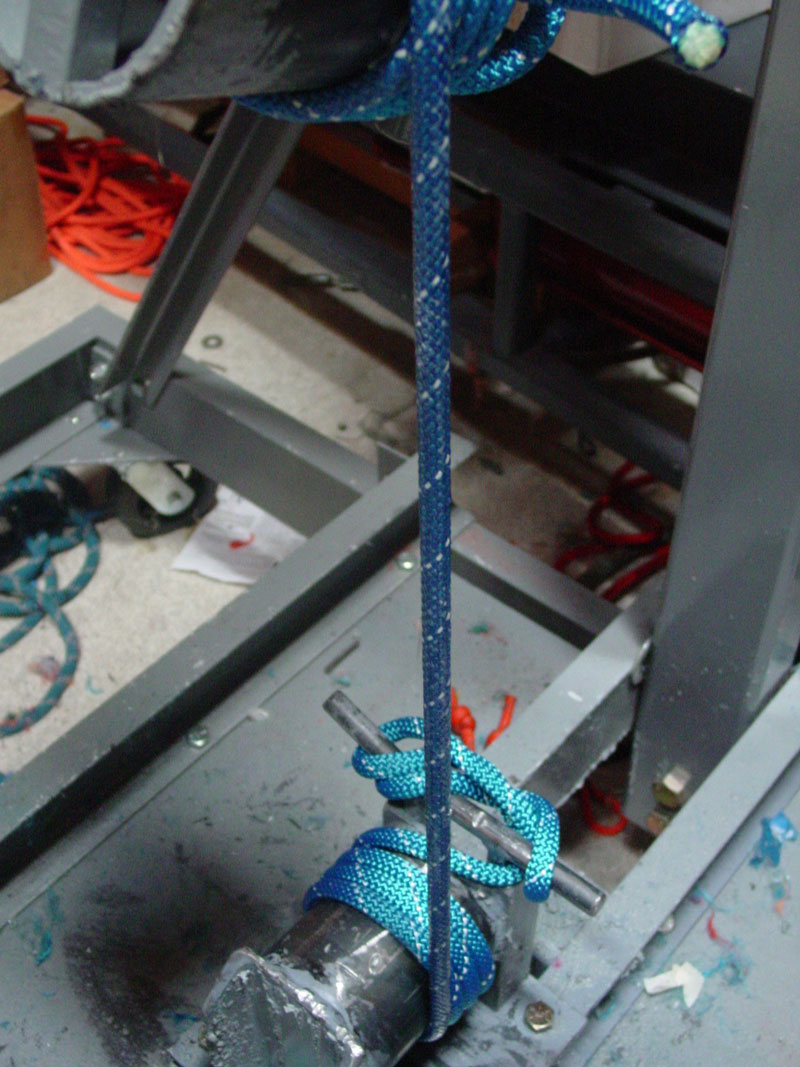
Class B firefighting foam secreting out of a 100% polyester rope during a tensile test.
Careful consideration should be taken when selecting solutions and methods to decontaminate life safety equipment. If the equipment is soiled with a potentially toxic or hazardous substance, consider its appropriate disposition. If there is any doubt regarding the serviceability of life safety equipment, it should be permanently removed from service.
References:
“Don’t XXX on That Rope” John McKently and Bruce Parker, 2002
“Don’t XXX on That Rope Revisited” – John McKently, 2013
“Decontaminating your Soft Goods; Cleanliness or Regret?” Cedric Smith, 2014
National White-Nose Syndrome Decontamination Protocol 6.25.2013 (https://www.whitenosesyndrome.org/topics/decontamination)

